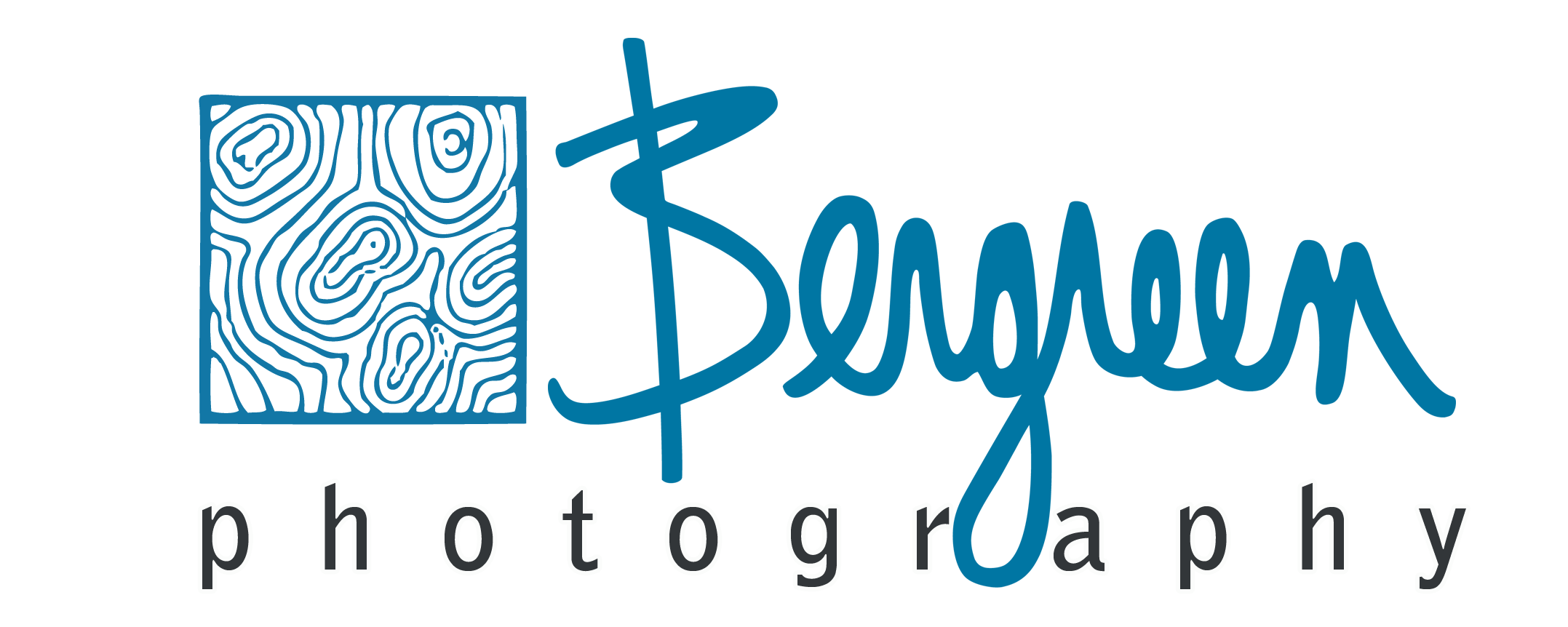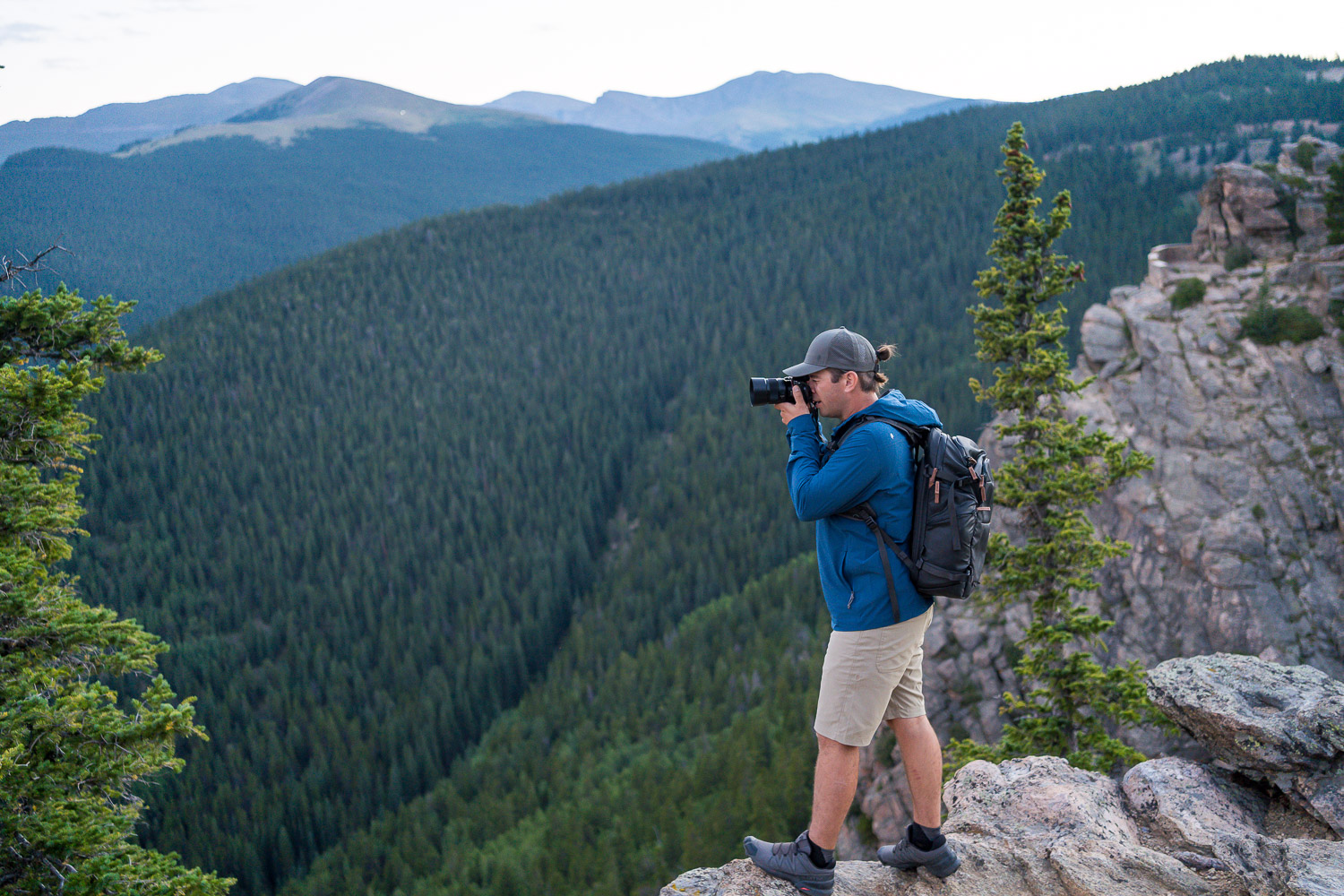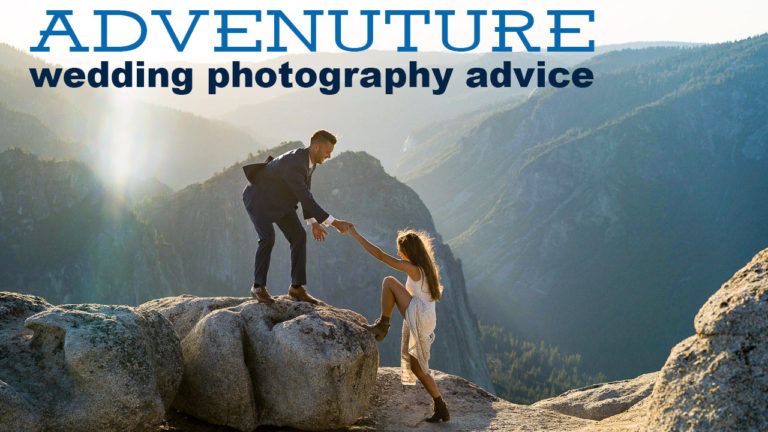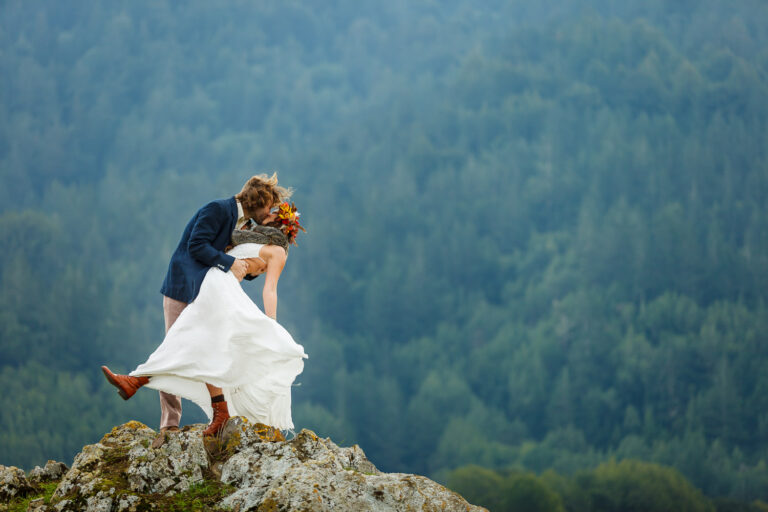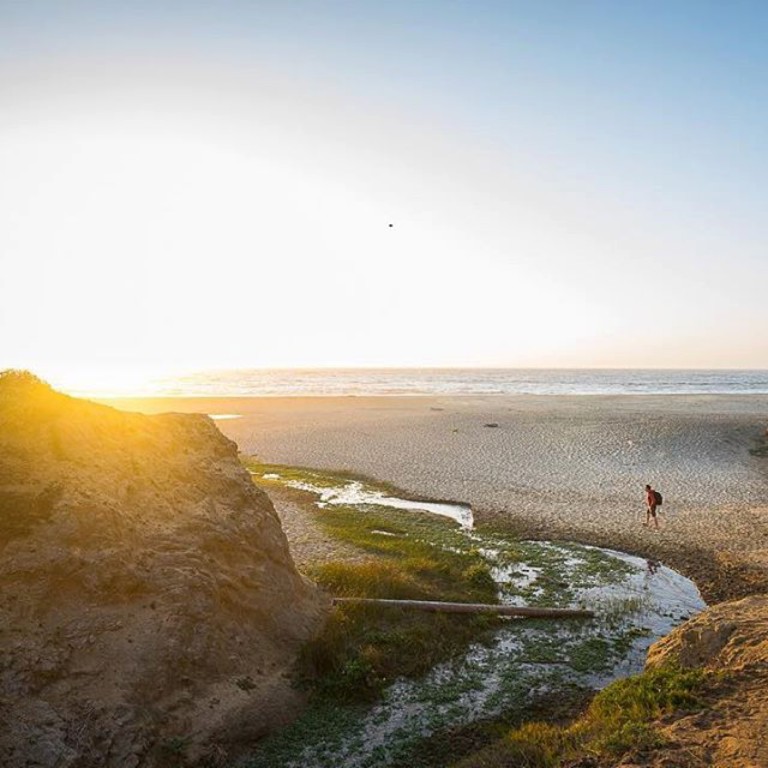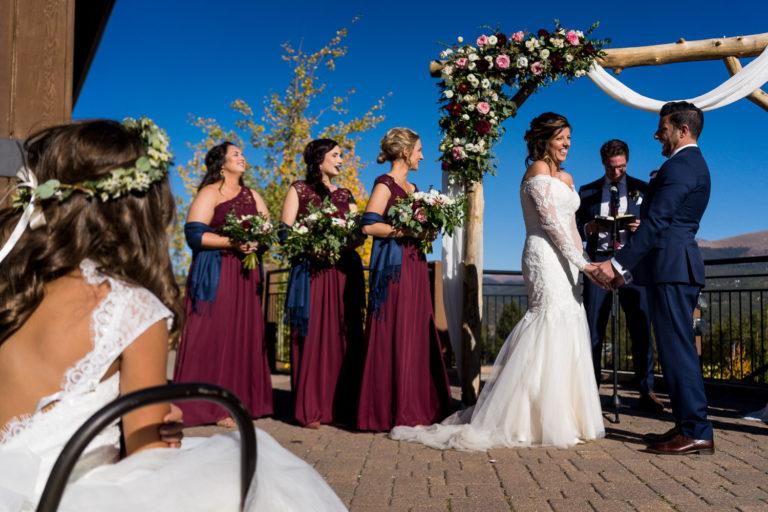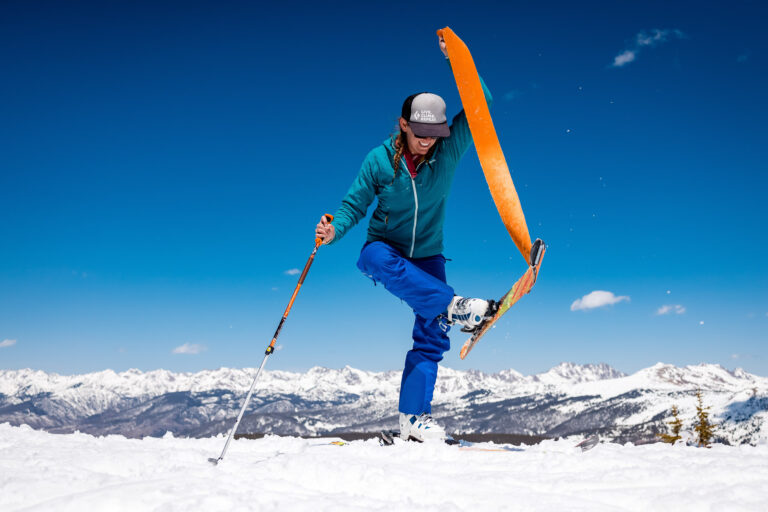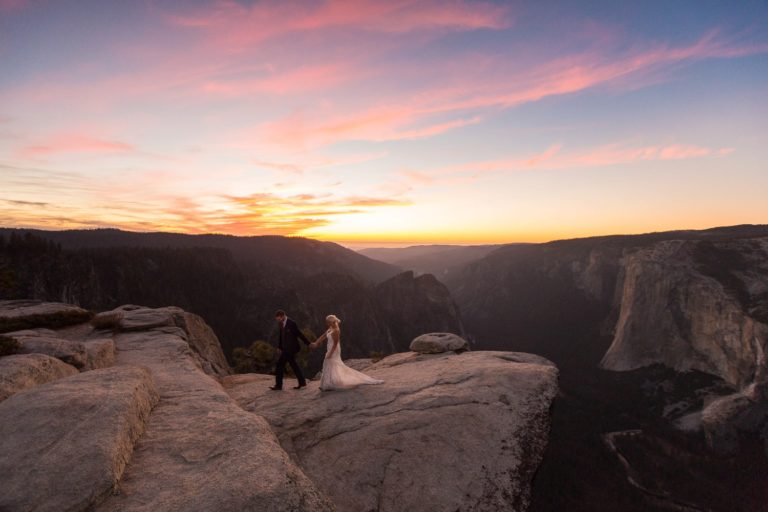35mm vs 50mm Lens Comparison
Today we’re comparing the 35mm vs 50mm lens and why you might choose one over the other. I created a YouTube video that summarizes what I’m going to talk about in this article. Have a look or check out the article below to see which lens is right for you or for the situation you’re encountering.
Both 35mm and 50mm are great focal lengths based on their versatility, how they see compared to the human eye, and the fact that you can get a nice lens at a reasonable price. I’ll talk through the differences as well as share my favorite lenses in case you’re looking for a new lens.
By the end of this article, you should be able to identify when you might choose the 35mm vs the 50 mm focal length. It will come down to your needs and priorities so let’s start there.
Which 35mm Lens Should I get?
There are a ton of options from each camera brand. It really depends on what camera system you have but I’ll list a few from Sony and Canon:
Best Quality 35mm Lens from Sony
Best Budget 35mm Lens from Sony
Best Quality 35mm Lens from Canon
Best Budget 35mm Lens from Canon
Which 50mm Lens Should I get?
Like I mentioned above there are a ton of options from each camera brand. It really depends on what camera system you have but I’ll list a few from Sony and Canon:
Best Quality 50mm Lens from Sony
Best Budget 50mm Lens from Sony
Best Quality 50mm Lens from Canon
Best Budget 50mm Lens from Canon
35mm vs 50mm: Which Focal Length is Right for You?
First off, I should clarify that this article assumes you’re using a full frame camera. If you’re using a crop sensor camera like the Sony a6600, you’ll want to think about lenses that are wider to get the same perspective. A 35mm lens on a crop sensor camera will give your images the look of a 50mm lens. This can be a confusing topic when you’re first learning but full frame cameras are the main topic of discussion here. Bottom line, comparing 35mm vs 50mm doesn’t make sense if you have a cropped sensor.
When thinking about the 35mm vs 50mm prime lenses on a full frame camara and which lens focal length you want to use it’s best to start with an understanding of your goals. I regularly use both my 35mm and 55mm lenses. (Sony has a 55mm instead of the traditional 50mm.)
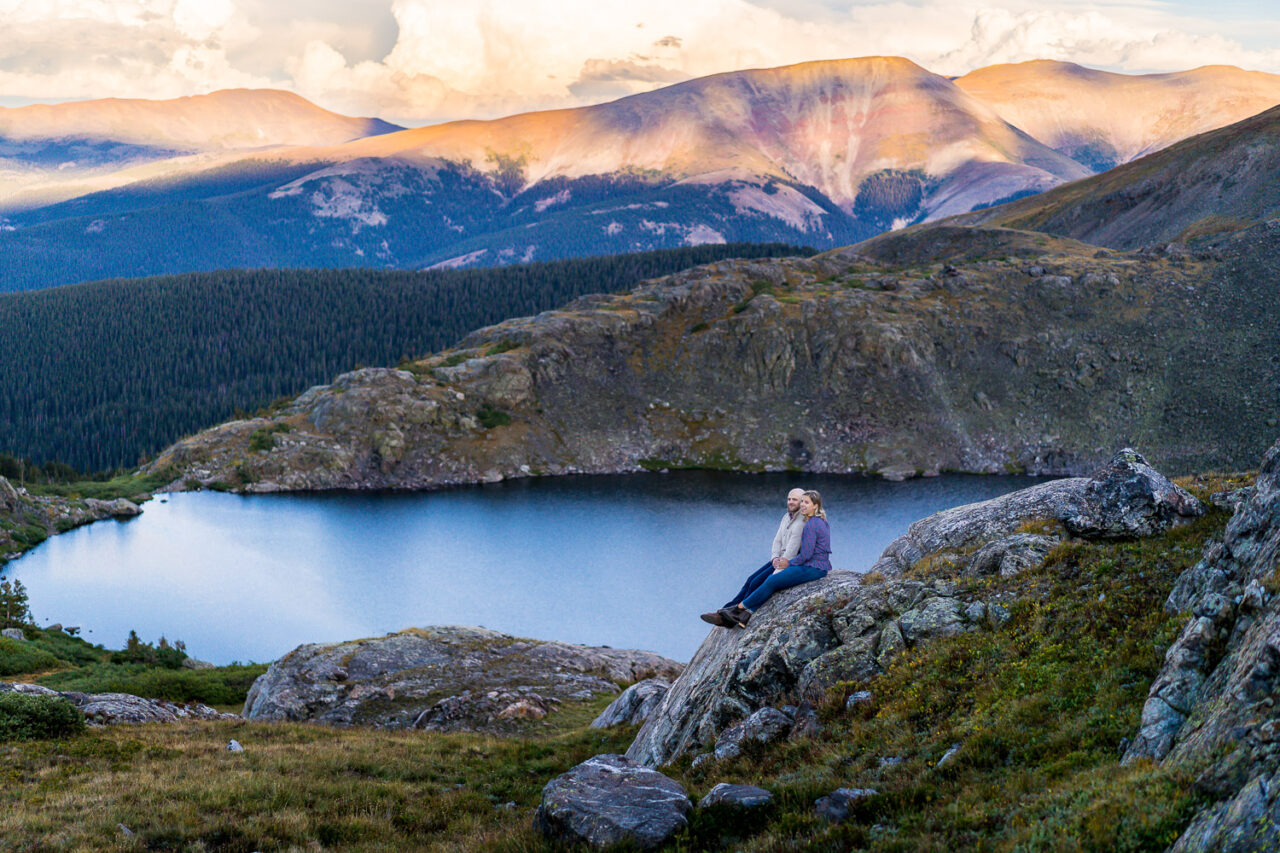
Because I mostly shoot landscape photography and environmental and photojournalistic wedding photography, I seem to use my 35mm more. However, there are some advantages to the 50mm prime lens that earns it a place in my camera bag.
Start by making mental notes or a list of your priorities and what you’re looking for in a lens. That will also help you determine whether telephoto lenses or prime lenses are a better fit for your needs. What type of photography are you shooting, and what are the conditions and locations you need to shoot in?
Questions to ask yourself when looking at gear:
What is your budget? Obviously, we’d all want the best lenses but sometimes it doesn’t make sense to have the best gear. Do you only have the budget for one lens or can you get two lenses?
Are you shooting portraits, landscapes, weddings, or food photography? What is your subject and what are the common focal lengths you see for those subjects?
Do you need a fast aperture?
Does it matter if your lens is lightweight?
What is your top and deciding factor when choosing a lens?
Differences Between the 35mm and 50mm Focal Lengths
Both the 35mm prime lens and the 50mm prime lens are excellent choices for most photographers. They are relatively inexpensive and a great step up from a kit lens. By kit lens I mean the lens that comes with a camera kit that you can buy, often those lenses aren’t that great. Even modern full frame cameras are sold with kit lenses. You’re much better off buying the body only and selecting a good quality wide aperture prime lens.
This makes both the 35mm and the 50mm great starter lenses for photographers. The 35mm and 50mm are fantastic lenses that are focal lengths that are fairly close to what the human eye sees in the natural world. Whether you see 35mm vs 50mm depends a little on your peripheral vision as the 35mm is a wider lens. 50mm is a bit narrower frame but the two focal lengths are similar.
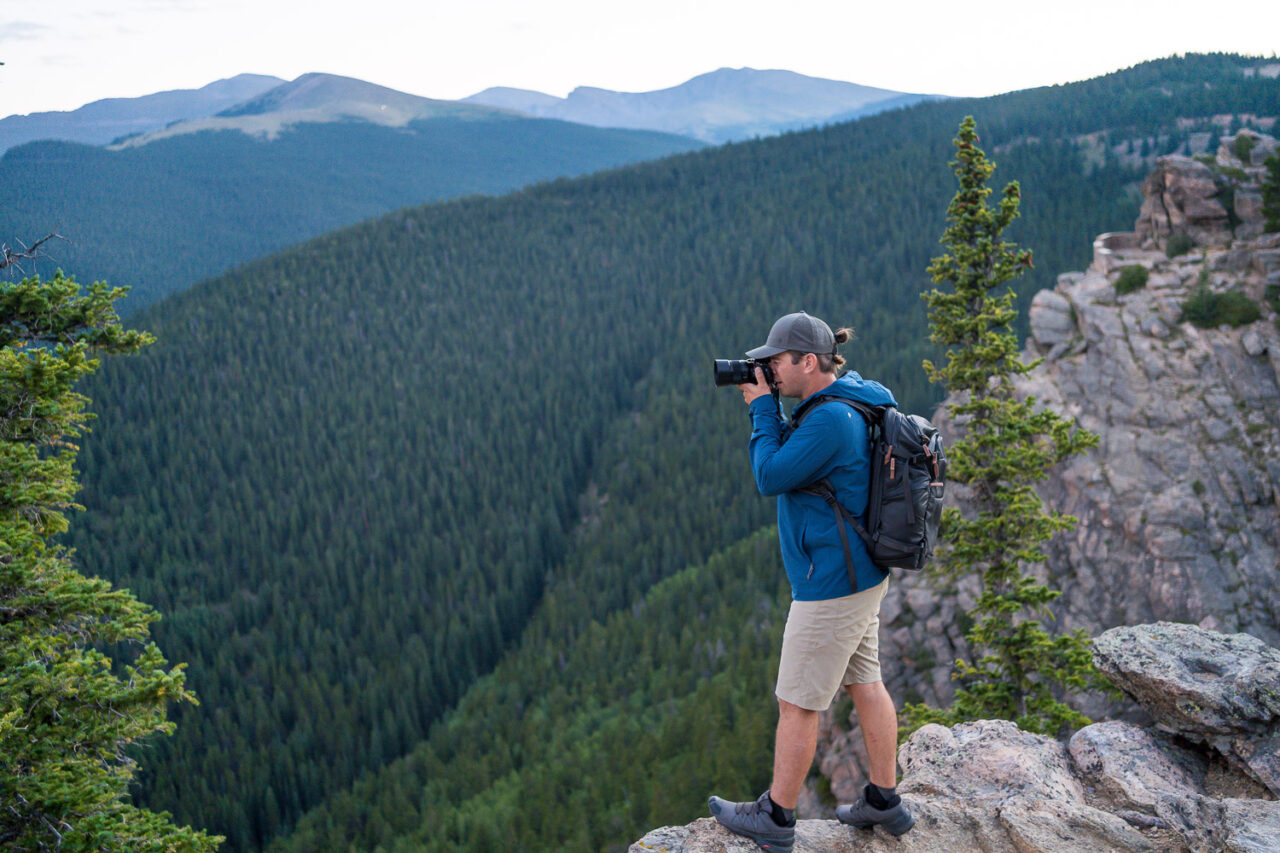
It can be nice to shoot at a focal length that results in an image with a perspective similar to what a person sees. The image will feel comfortable and familiar. Obviously, the 35mm focal length is wider than the 50mm focal length but the result is similar to an untrained eye.
Seeing Different Focal Lengths
35mm is considered the equivalent focal length of a wide-angle lens whereas 50mm is considered a more normal focal length. After the 50mm focal length, we move toward the telephoto lens. When comparing the 35mm vs 50mm lens you’ll look for out-of-focus areas that indicate a shallower depth of field. You can also look for compression from the longer focal length, meaning the background feels closer to your subject.
35mm vs 50mm Main Points
Below I’ll summarize some of the points from the rest of the article comparing the 35mm vs 50mm lenses. This summary might help you narrow down which lens is best for your needs.
50mm can create a shallow depth of field and subject separation
35mm has a wider depth of field and more of the scene in focus
35mm is better in tight spaces and shows more of the scene
50mm has less distortion
50mm is better for portrait photography when you want to set your subject apart
35mm is better for environmental portraits when you want to show the scene
Benefits of a Prime Lens
Prime lenses are great for a variety of reasons. A prime lens is often compact and lightweight compared to a zoom lens. Additionally, it’s good to shoot at intentional focal lengths even when shooting a zoom lens.
It can make more sense to have two prime lenses rather than one zoom lens. Some people benefit from a fixed focal length because they get lazy with a zoom lens. It can be a bad habit to just zoom in and out rather than make an intentional decision with your composition.
Prime lenses and zoom lenses both have their place. Some photographers love prime lenses while others prefer zoom lenses. It comes down to how and what you’re shooting as I mentioned in the above section.
What’s Great About a 35mm Lens
As with other photographers I mentioned, the 35mm focal length is one of my most used focal lengths. It’s a wide-angle lens that can capture a full scene without too much distortion.
With a 35mm, you can shoot portraits, travel, adventure, outdoors, indoors, and everything else. The 35mm focal length is great for a wide variety of subjects and it’s wide enough that you can work in a close environment such as if you’re indoors.
The 35mm focal length is a lens of choice for photojournalists. It’s great that the viewer can be close to the subject while simultaneously getting a view of the whole scene. Wide-angle lenses like the 35mm are also great for landscape photography because you can capture a large landscape from the foreground to the sky.
With wider angle prime lenses like the 35mm you can have a prime lens in a small package which means it’s lightweight for adventures or travels and unintimidating if you’re closer to your subject.
My favorite 35mm lenses:
Top Pick: My favorite 35mm lens is currently the Sony 16-35mm f/2.8 GM. This lens is super versatile and very sharp. Check out my review below.
Best All Around: My favorite 35mm prime lens is the Sony 35mm f/1.8 because it is the perfect balance of quality, price, and performance. This lens is a good compromise because the sharpness and image quality are excellent and the price is less than $800.
Highest Quality: If you want the best in quality, definitely check out the Sony 35mm f/1.4 GM. This lens was recently released and it has superb quality. At around $1400 new, this lens is not cheap. It will give you slightly more bokeh and better low light performance but the difference between f/1.4 and f/1.8 is minimal.
Most Compact: Another option is the Sony 35mm f/2.8. If low light and bokeh aren’t as important, this lens is ultra compact! We used this lens for many shoots and if you have a modern camera body, you can often compensate for the slower aperture of this lens by increasing your ISO.
Best for Budget: Lastly, you might check out the Rokinon 35mm f/1.8. It’s not a native Sony lens but if budget is your most important factor, this lens is a good option. It won’t be as high quality or retain it’s value quite as well as the other lenses above but it will save you money in the short term.
All the above lenses are going to offer great quality, it really comes down to your budget and if that level of image quality is important to you. If you’re just starting out, you might not even notice the difference but portrait photographers making big prints for their clients might want the best. Group shots is another area where a higher quality lens will shine. You’ll get edge to edge sharpness whereas a cheaper lens will be soft when you are toward the edges of the frame.
What’s Great About a 50mm Lens
When comparing the 35mm vs 50mm lens, the 50mm focal length can be more limiting but it allows for some things the 35mm focal length doesn’t. If wider angle shots aren’t important to you, the 50mm is a great choice.
With a fast 50mm lens, you get a little compression which brings the subject and background closer together. This can make images a little more dynamic when you can create a more interesting scale such as making a mountain or building behind a subject appear looming in full frame, rather than way off in the distance.
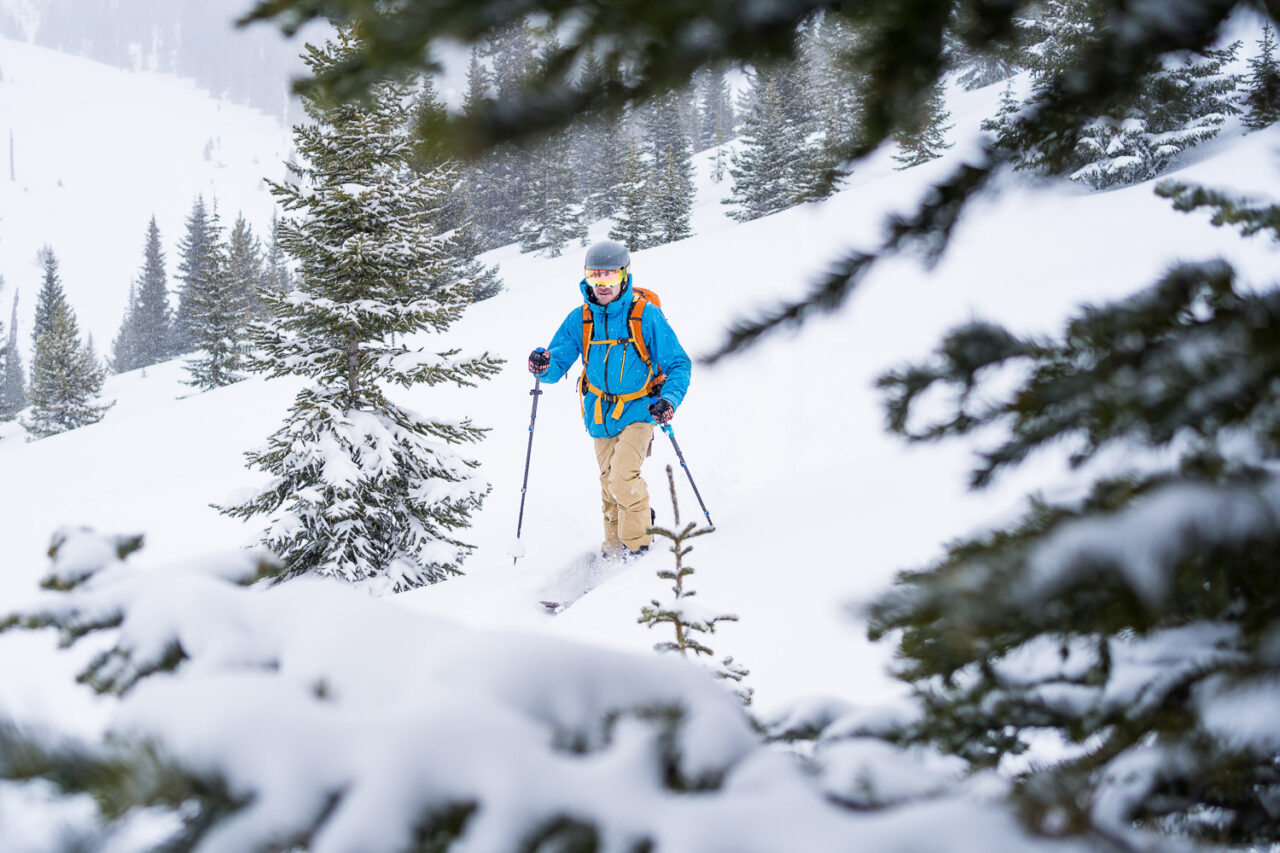
With the 50mm lens, you can also get a bokeh effect which is that background blur that you get with a shallower depth of field. This is great for separation between your subject and the background if you want to draw your subject to focus by having it be sharper than everything around it.
Of of the main challenges with the 50mm focal length is limitations when you’re inside
My favorite 50mm lenses:
Best All Around: The best all around 50mm lens is the Sony 55mm f/1.8. I know, it’s not technically a 55mm but close enough. The focal length difference between 50mm and 55mm is minimal. This lens is super lightweight/compact and still delivers great image quality. When balanced on a full frame mirrorless camera, you almost don’t notice it. This is an older lens which makes it more affordable (shop the used market) but I still think it’s worth looking at!
Highest Quality: If you want the BEST lens, get the Sony 5omm f/1.2 GM. It is ultra sharp, has excellent image quality and unmatched low light performance. The bokeh on this lens is also spectacular. Prime lenses have fast apertures but this lens is super fast. It’s among the fastest modern prime lenses.
Excellent Quality Lower Price: If you want the best but don’t want to drop $2000 on a lens, check out the Sony 50mm f/1.4 GM lens. It is only slightly slower than the f/1.2 lens above and still has the GM designation so you know it meets Sony’s highest standards. It is also a bit lighter and more compact.
Best Value: If you want the best bang for your buck, shop the Rokinon 50mm f/1.4. This lens is basically a knockoff of the above lens at less than half the price. You get what you pay for with a prime lens but this will be less painful on the wallet.
Don’t Buy this One: Stay away from the Sony 50mm f/1.8. This lens is around $250 new and like I said, you get what you pay for. This lens won’t come near the quality of any of the above options. If you spent the money on full frame cameras, don’t cheap out on this budget lens.
Is a 50mm lens better than an 85mm lens?
If you’re looking at the 50mm lens then you might also need to ask if there are other lenses better for your needs. For example, the 85mm lens is considered the best portrait lens because of how flattering it is on the subjects. The 85mm lens is limiting though because it’s a tighter focal length.
35mm vs 50mm: What will you choose?
Hopefully, you’ve found some helpful information in this article to guide your decision process. Below I’ll answer some remaining questions you may have.
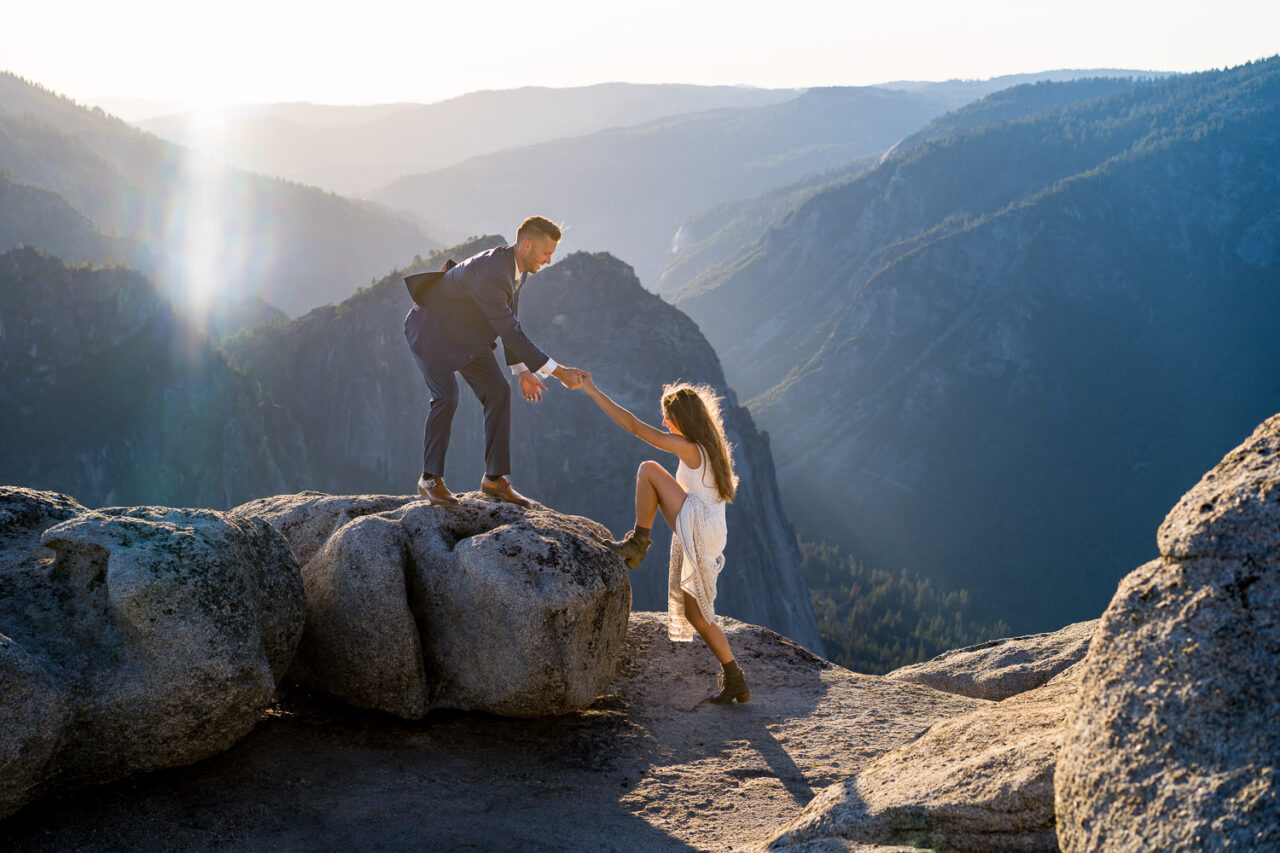
Is 35mm or 50mm more versatile?
I think the 35mm is more versatile in the sense that you can use it in tight spaces, however, the 50mm is more versatile in terms of depth of field. Either focal length is a great choice depending on what you need the lens to be able to do.
Should I travel with a 35mm or 50mm lens?
When I can only bring one lens I tend to lean towards my 35mm lens because of the wider focal length. As I mostly shoot environmental portraiture or landscapes that is the right fit for me but if you focus more on people or subjects you might want the 50mm lens.
Is 35mm or 50mm better for landscape photography?
I like the 35mm lens for landscape photography because the wider focal length allows me to capture more in my scene. The 50mm can be a nice addition to your kit because it adds variety to your images and allows you to create compression.
Is a 50mm or 35mm better for portriats?
Depending on the type of portraits you’re shooting, 35mm can seem too wide and unflattering for your subject making the 50mm lens a better portrait lens. A fast 50mm lens will also allow you to have a shallow depth of field for portrait subject and create a nice bokeh to draw the viewer’s eye to your subject.
What if I have an APS C camera?
If you have a crop sensor camera, you’ll want to account for the crop factor when choosing lenses. An APS C camera with a 35mm lens will have a crop factor of 1.5, making it appear more like a 52.5mm lens. The other concern is that it will still have the same distortion effects as a 35mm lens even if it looks like a 52.5mm lens. The same settings will give you a different look and many photographers will wonder why their images look different. Additionally, the bokeh won’t be as soft making distracting elements in the back of the frame more prominent. Bottom line is it’s hard to get a full frame equivalent look with an APS-C camera.
Conclusion
Hopefully you found this guide helpful. 35mm vs 50mm is a hot topic and the reality is you’ll probably want both to create your own vision in your images. Having a fast aperture lens is so much fun when you’re learning photography and the picture quality of a prime lens will be impressive when you’re coming from a cheap kit lens. Whether you choose a 35mm or 50mm, I’m sure you’ll enjoy making photographs!
Interested in more content?
- Wedding Photography Tips for Beginners
- Wedding Photography Gear
- Adventure Photographer Gear
- Photography Portfolio Creation
- Photography Tips for Mountain Landscapes
- Tips for Outdoor Wedding Photographers
- Drone Accessories and Drone Photography
- Marketing Tips
About the author
I am Marc Bergreen, one half of a husband and wife photography team specializing in Colorado wedding photography and videography and adventure photography. If you need advice on the best gear for your goals, reach out. Based in Evergreen Colorado, we travel wherever we’re needed to tell your story!
Download our free guide on how to build a creative business and a life you love. Don’t hesitate to contact us and let us know how we can help!
In the meantime, remember to…

